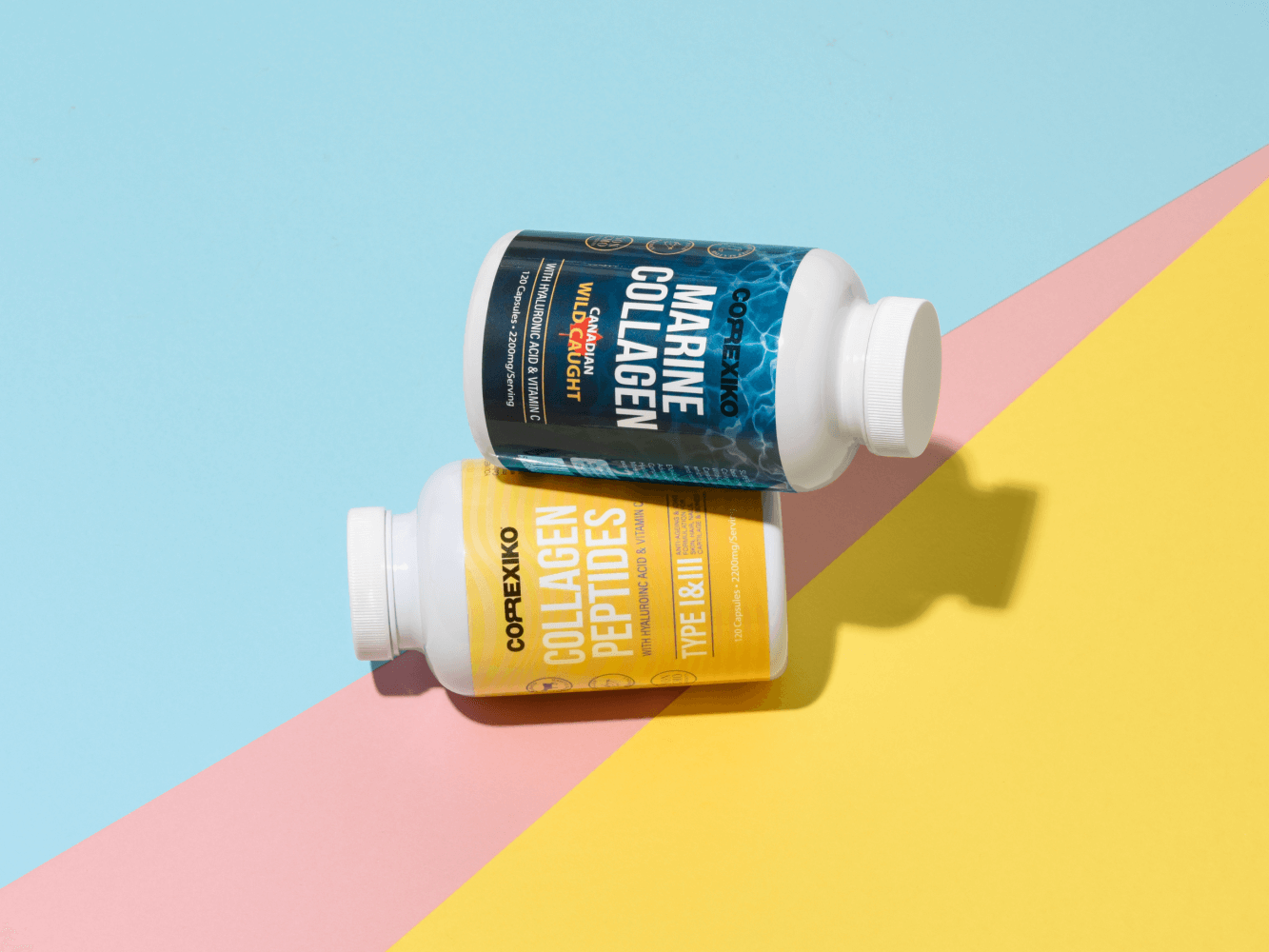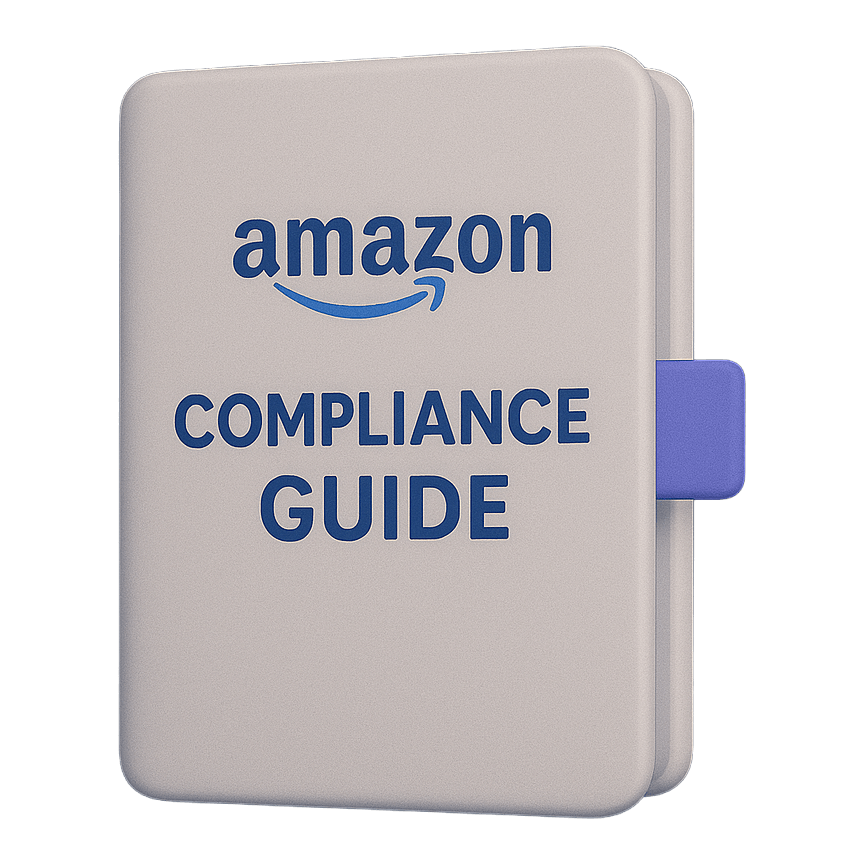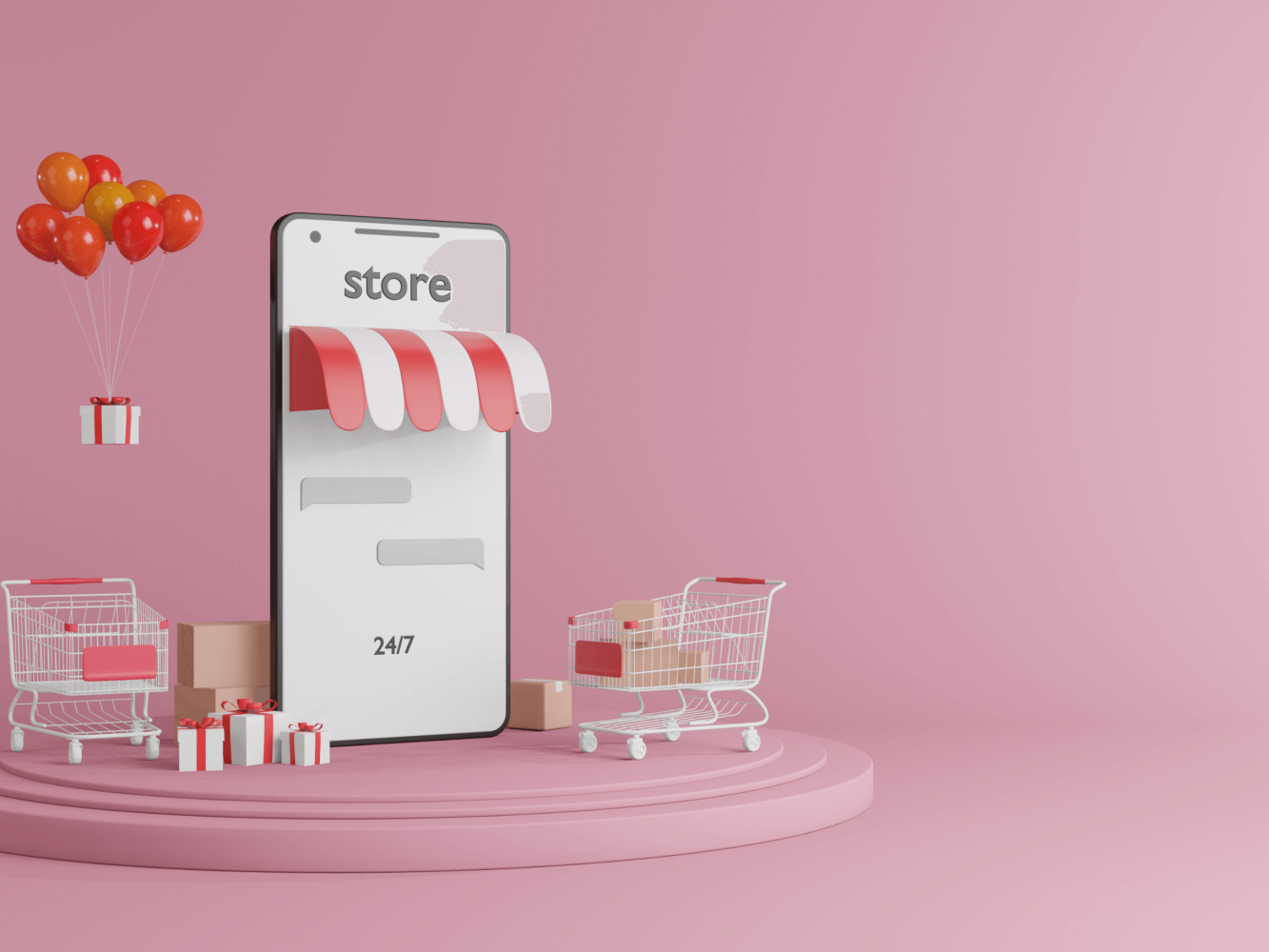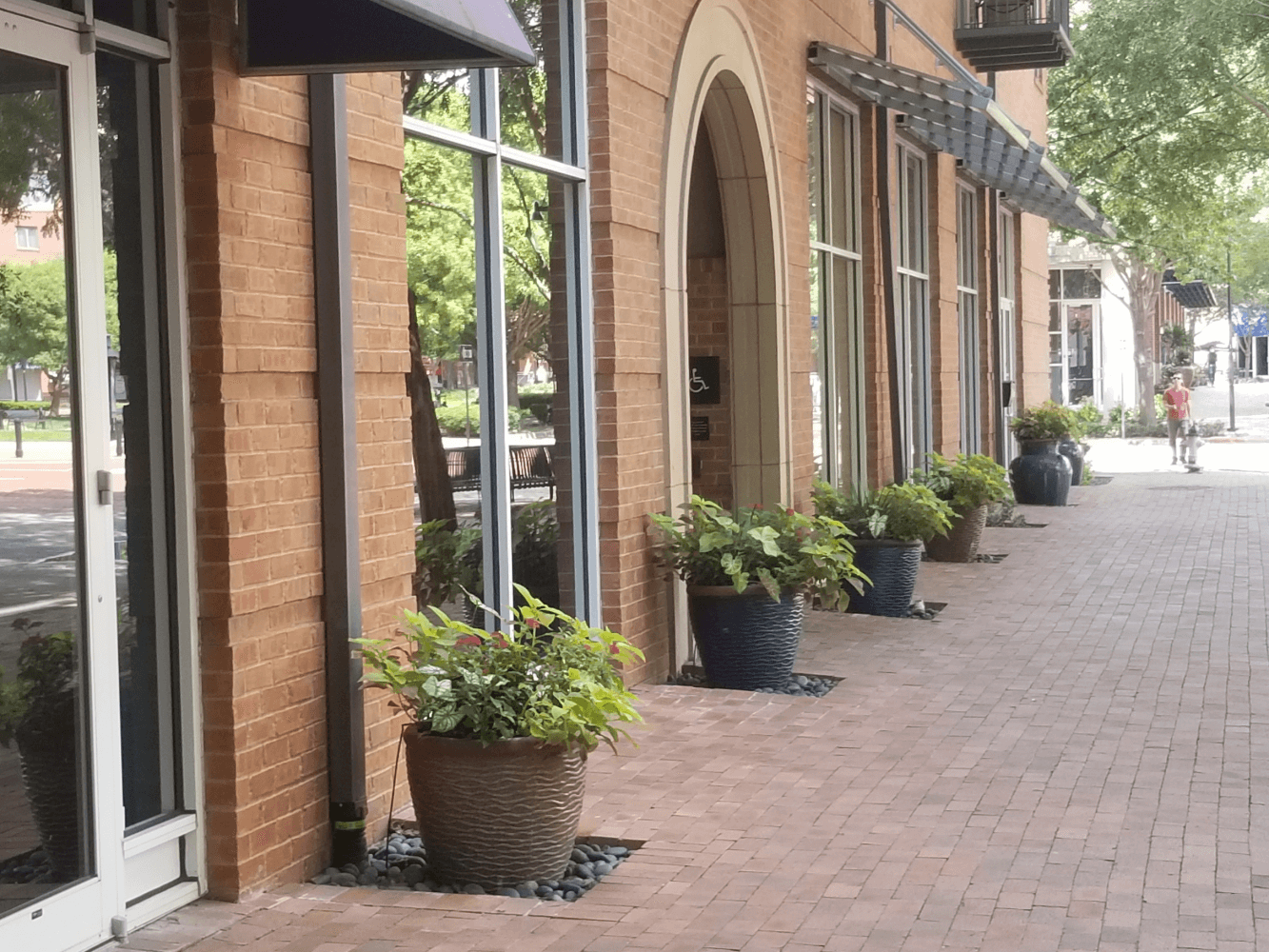The Retail Renaissance: Why Supplement Brands Are Returning to Brick & Mortar
A Full-Circle Moment for Supplement Brands
Just a few years ago, e-commerce was considered the inevitable future of supplement sales — direct-to-consumer (DTC) brands, digital-first startups, and subscription models were the darling of investors and marketers alike.
But as 2025 unfolds, an unexpected trend is taking shape: a quiet but steady return to brick & mortar retail spaces, wellness boutiques, and hybrid models.
Why are supplement brands — including many that built their success online — reconsidering physical presence as part of their growth strategy?
And more importantly: what does this mean for nutraceutical brand owners, investors, and marketers plotting their next moves?
Let’s unpack this surprising “retail renaissance” and explore how your brand can thrive in both digital and physical realms.
1. The Emotional Power of In-Person Shopping
E-commerce offers ease and convenience — but it lacks the human, sensory experience that wellness consumers often crave.
- Touch, smell, and interaction build trust in ways no online store can.
- Personal consultations, product demos, and expert advice help educate consumers.
- Visual storytelling in-store displays reinforces brand identity powerfully.
Even Gen Z and Millennial shoppers, once considered fully digital, are showing renewed interest in experiences that feel real, personal, and connected — especially for products they put into their bodies.
2. The Rise of Specialty Wellness Boutiques
Wellness isn’t just a category — it’s becoming a lifestyle space.
Urban wellness boutiques, curated health concept stores, and pop-up supplement experiences are popping up in major cities worldwide.
These small but mighty retail environments offer something that online platforms struggle with:
- Curation and credibility
- Community-centered events
- Immediate access to new or trending products
For niche, premium, or innovative supplement brands — especially those aligned with beauty, longevity, cognitive performance, or adaptogenic trends — this kind of presence can drive both sales and cultural relevance.
3. The Hybrid Model: Best of Both Worlds
Leading supplement brands aren’t abandoning DTC — they’re blending it with physical retail for a multi-touchpoint strategy:
- Consumers discover your brand via social media or TikTok influencers.
- They try sample packs via e-commerce.
- They see your hero products at a local wellness boutique, Whole Foods, or a curated pharmacy.
This model reinforces trust, widens reach, and captures every kind of buyer — from the impulse purchaser to the informed researcher.
4. Retail as a Content Platform
Here’s a radical thought: what if your brick & mortar presence wasn’t just about selling products — but about creating branded content?
Some innovators are using physical retail to:
- Film behind-the-scenes footage, expert interviews, or ingredient sourcing stories.
- Host live wellness workshops or meet-the-formulator events.
- Create Instagrammable moments that organically amplify social reach.
Physical spaces become media hubs, extending your brand story far beyond the store walls.
5. What’s Driving This Shift? Key Factors Behind the Retail Return
- Post-pandemic craving for physical connection
- Demand for education and product trial
- Consumer distrust of online-only brands with unclear quality or origin
- Differentiation in an overcrowded online marketplace
- Emergence of health & wellness tourism (destination shopping for wellness)
These trends create opportunity — but only if brands are ready to seamlessly bridge online and offline experiences.
6. Challenges to Consider
Of course, brick & mortar isn’t without risk:
- Higher operating costs
- Staff training needs for technical products
- Supply chain adjustments for local distribution
- Consistency in branding across platforms
Successful players will integrate retail analytics, AI-driven inventory management, and in-store customer behavior data to optimize their approach.
7. Best Practices for Brand Owners Considering Physical Retail
- Start Small — Pop-up shops, weekend markets, or strategic partnerships with existing wellness stores offer low-risk entry points.
- Stay Story-Driven — Ensure your brand narrative translates to physical spaces: from shelf design to staff education.
- Train Retail Staff Like Brand Ambassadors — They are your front-line educators.
- Use Data to Bridge Channels — Reward programs, QR codes linking to product info, and post-purchase surveys keep online and offline customers connected.
- Create In-Store Experiences, Not Just Displays — Interactive elements, wellness screenings, or sampling stations enhance the visit.
8. Brands Leading the Brick & Mortar Comeback
- Ritual — From online-only to opening physical wellness showrooms.
- Care/of — Collaborations with Target broadened reach.
- Moon Juice — LA-based supplement and adaptogen shop merging retail with lifestyle content.
These brands demonstrate how physical spaces, when done thoughtfully, can elevate both perception and sales.
The Future Is Omnichannel
The supplement world isn’t going backward — it’s evolving forward into a blended future where digital efficiency meets human experience.
For nutraceutical brand owners, the message is clear:
- A brick & mortar presence — when smart, small, and story-driven — can complement your DTC growth.
- Consumers want choice, connection, and credibility. Your job is to meet them wherever they are — online, offline, or in between.








